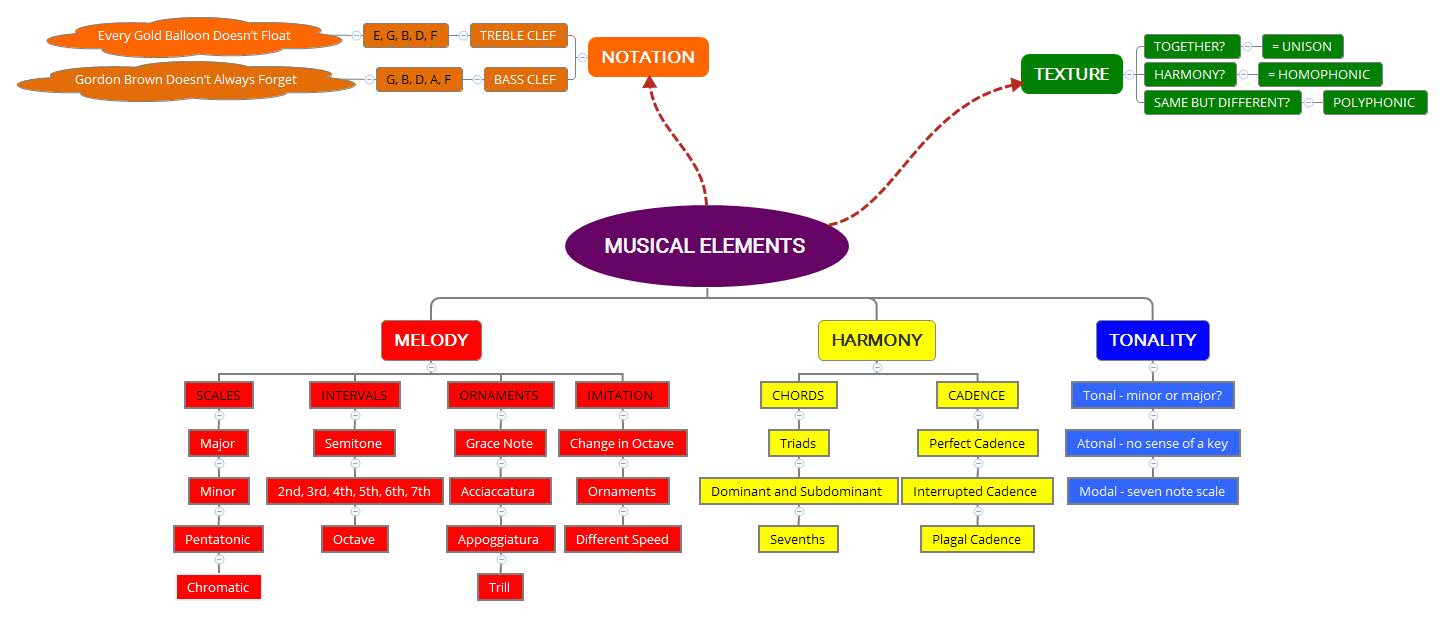How smart do you have to be?
How smart do you have to be to get top marks?
Start Browsing
Start browsing
< Wait, I have a password

to your account
 Facebook
Facebook
< Wait, I don't have a profile yet
Reset Password >
to save your details
 Facebook
Facebook
< Wait, I already have a profile

Start browsing
< Wait, I have a password



Ignore Tarantino’s hateful eight, as I am about to bring to you the major to Tarantino’s minor, (minus one.) Yes, you read it correctly, the magnificent seven. The seven areas of music that we want to make sure we are 100% confident with before we walk into that exam room.
This is specifically for our analysis of music and the best way to break the piece down so we know exactly what we are analysing. As we all know, when feeling stressed or chaotic this can translate into the way we answer questions and therefore our analysis becomes erratic and not as focused.
This is a quick note on how to break down a piece of music into its magnificent seven and how to use this as a guide for structuring your thoughts, laying them out on paper and also so you don’t miss anything crucial… Even better, we are going to pop them into their own colour categories so that they are easier to remember.
So let’s get started!

What’s the scale? Is it major? Minor? Or even pentatonic? List all the terms you associate with melody as it isn’t always simple scales. Are there any intervals? Is there phrasing between bars? It’s a case of knowing your terminology but also applying it appropriately. The more you can get down at the start of that exam the better, as it can act as a guide.
What chords are being used? Is it major or minor? Maybe if it is a 21st century classical piece then is there a high chance that it is going to be dissonant. Again, write out everything you know that involves harmony and apply to the music you are faced with. Be as specific as possible! Don’t simply state that the music has a cadence, but is it a perfect cadence or an interrupted cadence?
Maybe one of the more obvious parts of music to analyse but is the tone of the music in major or a minor key? If it’s major then it would be tonal music, if you can’t find the key that the music is in then it is simply atonal. When a piece of music changes key it is said to modulate. It is most likely to modulate to a closely related key.
A simple one here but what is the beat of the music? Are the notes played off-beat? Then we can note down that it is syncopated. Can you hear two conflicting rhythms being played together? Then we can identify that as cross-rhythm. Whether it is three notes being played in the time of two (Polyrhythm) or a simple triplet, try and identify it as quickly as possible, and as a head-start, write down as many key words and musical terminology as you can remember so that it can act as a guide.
So it’s kind of in the name but of course here we want to identify the instruments, vocal types and even the playing style of each instrument as quickly as possible. It’s always easiest to start with the instrument family, whether it’s brass or woodwind, then identify the instrument itself. That is obviously the easy part; anyone can hear the difference between a French horn and a recorder, but the hard part is being able to notice whether a saxophonist is sliding from one note to another and identifying that as glissando. Or whether a classical guitarist is plucking each string, meaning that would be pizzicato.
Side note – if it isn’t an instrument you hear then you have to remember the different voice types that you may be hearing also. Is it a high man’s voice (tenor)? Or is it a high woman’s voice (soprano)? The Italian words obviously signify the pitch of each voice type, and as with other elements of music, this Italian terminology is highly likely to get you some decent marks.
TREBLE CLEF? BASS CLEF? BUT HOW DO I REMEMBER HOW TO DRAW THE SYMBOL LET ALONE WHAT NOTES ARE IN EACH.
Fear not. I have a minor (he-he) solution...
Treble Clef? Easy = E, G, B, D, F.
Every Gold Balloon Doesn’t Float? Every Green Bus Drives Fast?
Bass Clef? Easy = G, B, D, A, F.
Gordon Brown Doesn’t Always Forget? Great Big Ducks Are Frightening?
Choose whichever mnemonic to help you remember the notes on each line for the treble clef or bass clef. But what about the notes between the lines? Even easier, for a treble clef it simply states the word FACE. F, A, C, E. And for the bass clef it is a little less simple (A, C, E, G) but a simple mnemonic for this would be All Cows Eat Grass. If you think of a better one than that, please tell us.
Notation is one of the heftier sections to music and contains a lot of information to remember. Things such as: finding relative major or minor keys; dynamics, which are alterations in the volume of the music (crescendo, diminuendo etc). Terminology is so important in music so the more you can remember the better. It’s paramount to remember that it is useless to memorise the terminology but not what they actually mean.
Texture? How does it feel? Literally! How does the piece sound as a whole? How do your ears receive it? This is one of the simpler elements of music to bear in mind. Is it all sung and played together in unison? Or is one of the chords being played in harmony against the other? Which would make it homophonic.
Or is it the opposite? Is it polyphonic? If they aren’t being played in block chordal sequences then maybe they are weaving in and out of each other, playing the same melody or chords but in a syncopated manner. Or maybe it’s in the style of a Fugue, which is a specific type of Polyphonic texture.
 -
-